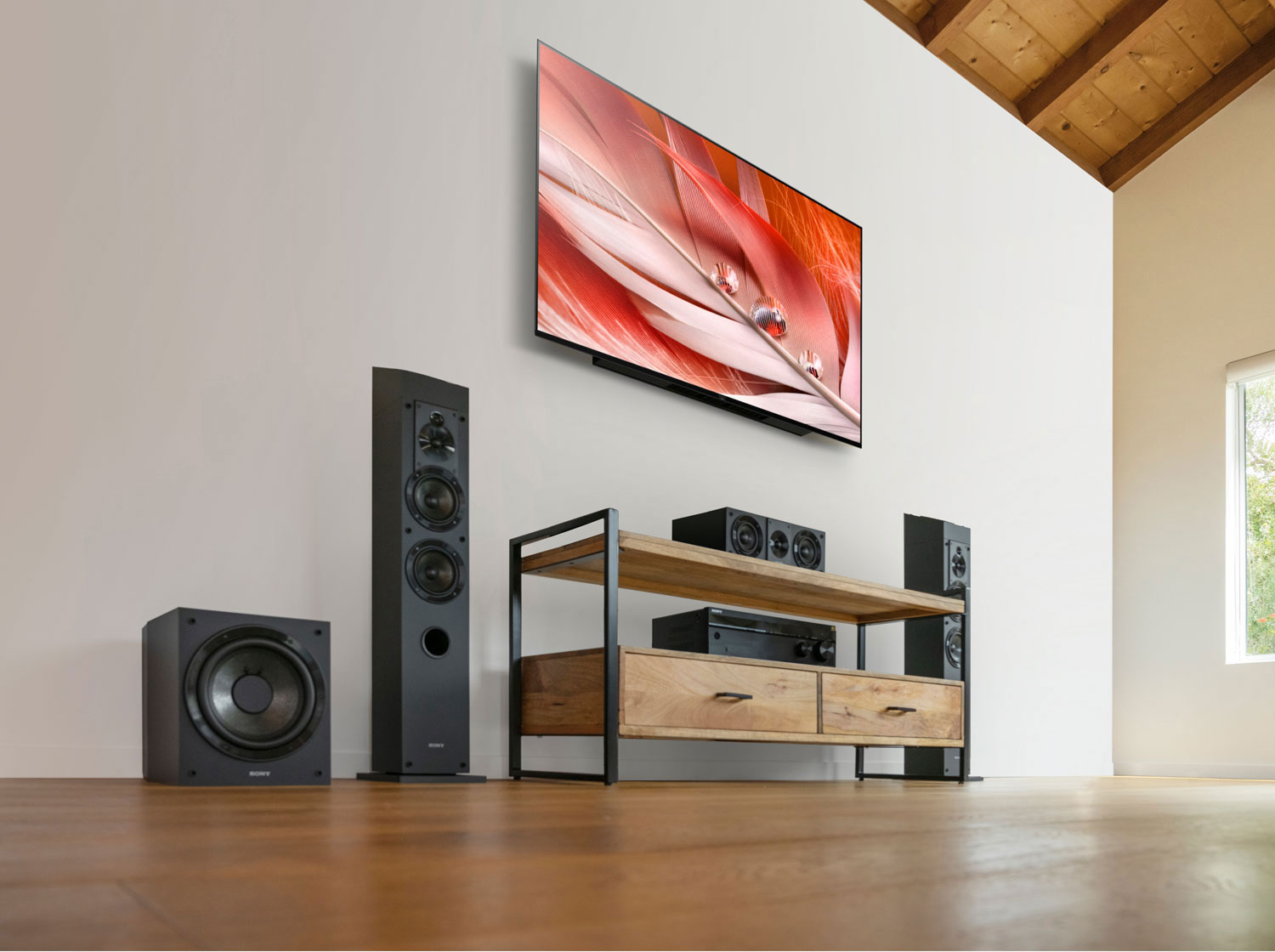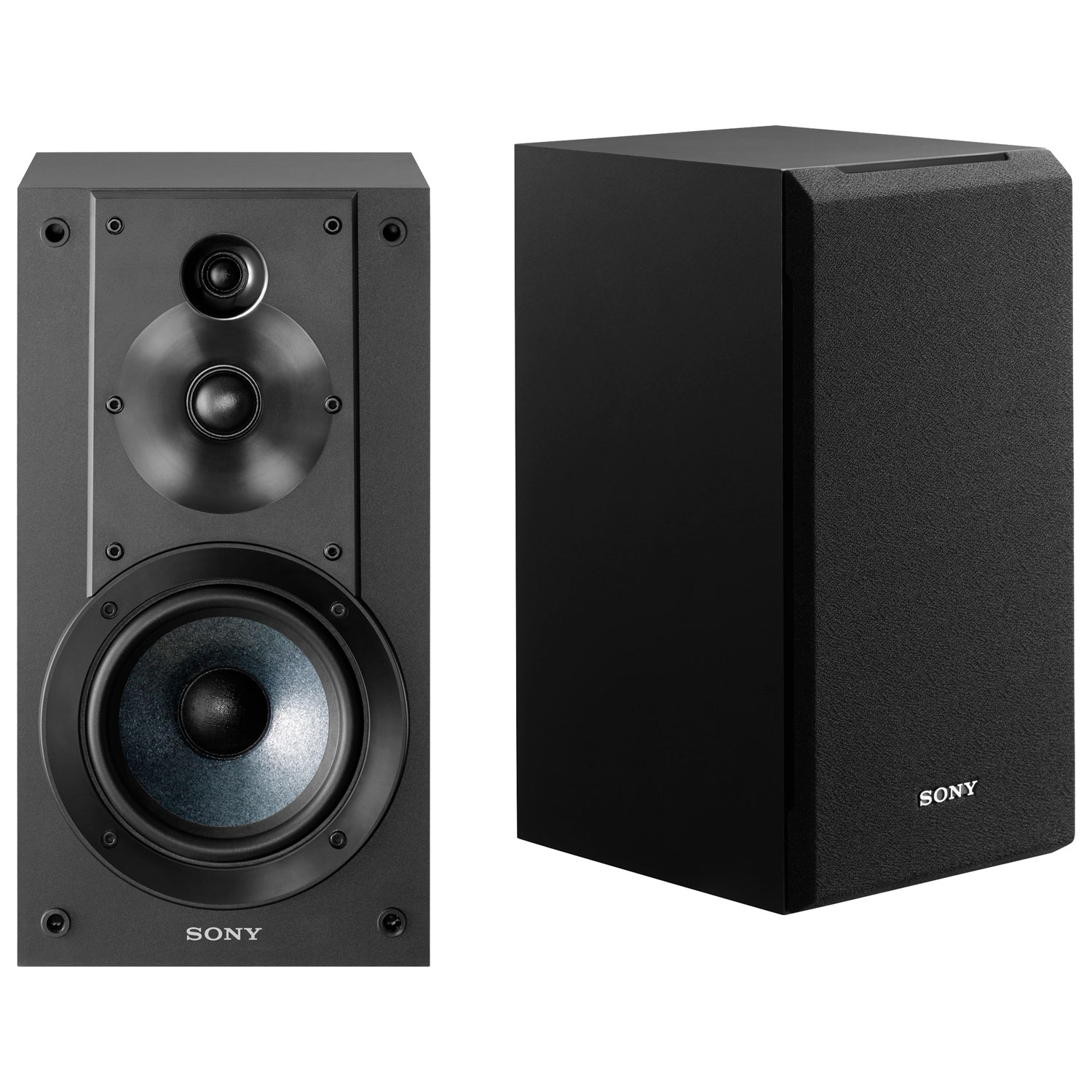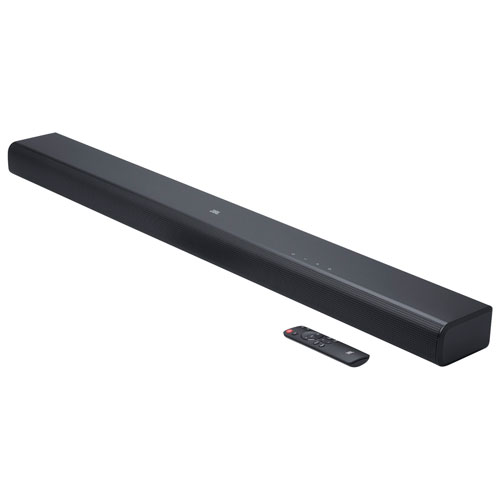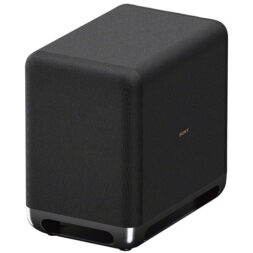
Creating an immersive home audio and theatre experience in a small room can be challenging, but with the right equipment and setup, you can achieve excellent sound quality without overwhelming the space. This guide will help you navigate the options available for home audio products, ensuring that you make the best choices for your compact home theatre setup.
Importance of room size in selecting home audio equipment
The size of your room significantly impacts the type of audio equipment you should choose. In small rooms, large and powerful speakers can produce overwhelming sound, leading to distortion and a less enjoyable listening experience. Instead, opt for equipment designed to deliver clear and balanced audio within confined spaces.
Best types of speakers for small rooms
Bookshelf speakers

Bookshelf speakers are an excellent choice for small rooms due to their compact size and ability to produce high-quality sound. These speakers can be placed on shelves, stands, or mounted on walls, making them versatile and easy to integrate into your space.
Bookshelf speakers offer a balanced sound profile, which makes them suitable for various types of audio, from music to movies. Their compact design does not sacrifice sound quality, providing rich bass, clear mids, and crisp highs. Many models also include advanced features such as Bluetooth connectivity, allowing for wireless streaming from your devices, and built-in amplifiers that enhance their performance.
When selecting bookshelf speakers, consider factors such as frequency response, power handling, and sensitivity. This will help ensure that you choose a model that delivers the sound quality you desire. Additionally, consider the design and finish of the speakers to ensure they complement your room’s aesthetics seamlessly.
For more details on selecting the perfect speakers, check out our home theatre speaker buying guide.

Soundbars
Soundbars come in various sizes and configurations, catering to different audio preferences and room layouts. Many models include features like Bluetooth connectivity, allowing you to wirelessly stream music from your smartphone or tablet. Some advanced soundbars are equipped with Dolby Atmos, which provides a more immersive, three-dimensional audio experience by simulating surround sound.
In addition to their audio capabilities, soundbars often come with stylish, minimalist designs that seamlessly blend with modern home decor. They can be wall-mounted or placed on a shelf, making them a versatile choice for any room setup.
When choosing a soundbar, consider the following features:
- Audio channels: More channels offer a richer sound experience. Basic models may have 2.0 channels while more advanced options might include 5.1 or 7.1 channels.
- Subwoofers: Some soundbars come with built-in subwoofers for enhanced bass, while others include separate wireless subwoofers.
- Connectivity options: Look for soundbars with multiple input options such as HDMI, optical, and auxiliary ports.
- Smart features: Many modern soundbars are compatible with virtual assistants like Alexa or Google Assistant, allowing for voice control and smart home integration.
To elevate your home entertainment setup, explore this article on how to create the best in-home audio experience and our comprehensive soundbar buying guide.
Tips for positioning speakers to maximize sound quality
Proper speaker placement is crucial for optimizing sound quality in a small room. Here are some tips to help you get the best results:
- Place speakers at ear level: Position your speakers so that the tweeters are at ear level when you are seated. This ensures that you hear the most accurate sound.
- Avoid placing speakers in corners: Placing speakers too close to walls or in corners can cause sound reflections that distort the audio. Aim to keep them at least a few inches away from walls.
- Use speaker stands or mounts: Elevating your speakers can prevent them from sitting on surfaces that can cause vibrations and unwanted noise.
Recommended audio receivers and amplifiers for compact home theatres
A good audio receiver or amplifier is essential for managing your audio sources and driving your speakers. In small rooms, look for models that offer sufficient power without being too bulky. When considering home audio setups, some top recommendations include Marantz and Denon.
Marantz offers high-quality audio receivers and amplifiers known for their superior sound reproduction and advanced features. Their products often come with sleek designs that fit well in any home setup, making them an excellent choice for both audiophiles and casual listeners.
Denon is another reputable brand that provides a wide range of audio equipment, including powerful receivers and amplifiers. Denon is renowned for its innovative technology and user-friendly interfaces, ensuring excellent performance and ease of use in your audio system.
Subwoofers: do you need one in a small room?

Subwoofers enhance the low-frequency sounds in your audio system, adding depth and impact to movies and music. However, in small rooms, a large subwoofer can be overwhelming.
When deciding to include a subwoofer in a compact space, several factors should be considered:
- Size and placement: Opt for a subwoofer that is tailored to the dimensions of your room. Compact subwoofers are designed to deliver powerful bass without overpowering the space. Strategic placement, like tucked into a corner or against a wall, can also improve performance and save space.
- Power and performance: Small subwoofers today pack a punch despite their size. Look for models with adequate power ratings that can cater to your audio needs without distortion or strain at high volumes.
- Room acoustics: The layout and materials in your room can affect sound quality. Soft furnishings can absorb excessive bass, while hard surfaces may reflect sound waves, potentially causing an uneven audio experience. Experiment with subwoofer positions to find the sweet spot that provides balanced bass.
- Connectivity: Modern subwoofers offer various connectivity options, including wired and wireless setups. Wireless subwoofers can reduce cable clutter and provide more flexibility in positioning.
Considerations for wired vs. wireless home audio setups
Wired setups
Wired setups generally offer better sound quality and reliability, making them a preferred choice for audiophiles. With a wired connection, you can enjoy consistent and high-fidelity audio without the risk of signal interference. However, wired setups require more cables, which can be challenging to manage in small spaces. The additional wires can lead to clutter and may necessitate more effort in concealing or organizing them to maintain a tidy appearance, especially in a home audio setup.
Wireless setups

Wireless home audio setups are easier to set up and reduce cable clutter, making them an attractive option for small rooms where space is limited. They offer greater flexibility in speaker placement since you are not constrained by cable lengths. However, wireless systems can be prone to interference from other wireless devices, which may affect audio quality. Additionally, wireless speakers and components may require regular battery charging or replacement, adding a layer of maintenance not present in wired setups.
Imagine walking into a room where music follows you seamlessly, creating an immersive experience every step of the way. This dream can become a reality with wireless multiroom speakers. These modern home speakers allow you to enjoy consistent audio quality without the hassle of tangled wires or complicated setups. Whether you’re hosting a lively party or seeking a serene atmosphere, wireless multiroom speakers offer the perfect solution for any occasion.
How to manage acoustics in small spaces
Managing acoustics is essential to getting the best sound quality in a small room. Here are some tips:
- Use soft furnishings: Carpets, curtains, and cushions can help absorb sound and reduce echoes.
- Avoid reflective surfaces: Hard surfaces like glass and metal can cause sound reflections. Use rugs and wall hangings to minimize these effects.
- Consider soundproofing: Adding acoustic panels or foam to your walls can significantly improve sound quality by reducing reflections and noise.
Creating an immersive home theatre experience in a small room is entirely possible with the right equipment and setup. By considering the size of your room, choosing the appropriate speakers, and positioning them correctly, you can optimize sound quality without overwhelming your space. Whether you prefer a wired or wireless setup, managing acoustics and selecting the right components across various price points will ensure a satisfying and enjoyable audio experience.
When buying home audio speakers, it’s important to consider your room size, listening preferences, and budget. For more detailed advice, check out tips on choosing your next home audio speakers.
Elevate your sound game—explore top-tier home audio products at Best Buy today! Shop Now.
Table of Contents
- Importance of room size in selecting home audio equipment
- Best types of speakers for small rooms
- Tips for positioning speakers to maximize sound quality
- Recommended audio receivers and amplifiers for compact home theatres
- Subwoofers: do you need one in a small room?
- Considerations for wired vs. wireless home audio setups
- How to manage acoustics in small spaces







































